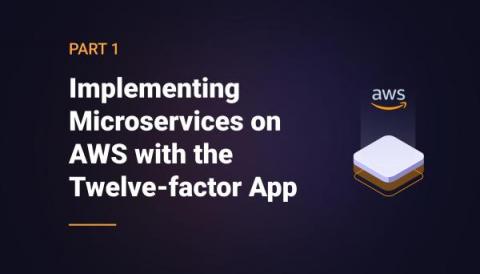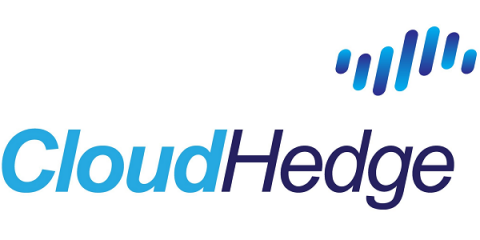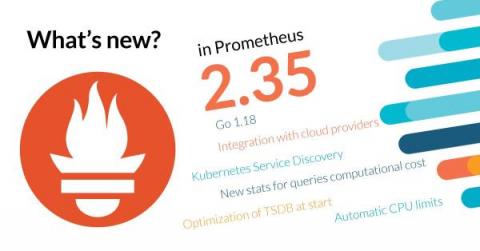Kubernetes Basics: Clusters, Pods, and Nodes
Containerization and Kubernetes have taken the DevOps world by storm in the past decade. More and more companies have turned to this technology to enhance their deployment workflows and cut costs. Examples like Pokemon Go and OpenAI would not have been feasible without Kubernetes. While Kubernetes is a growing technology in the current times, it comes with a relatively steep learning curve.











